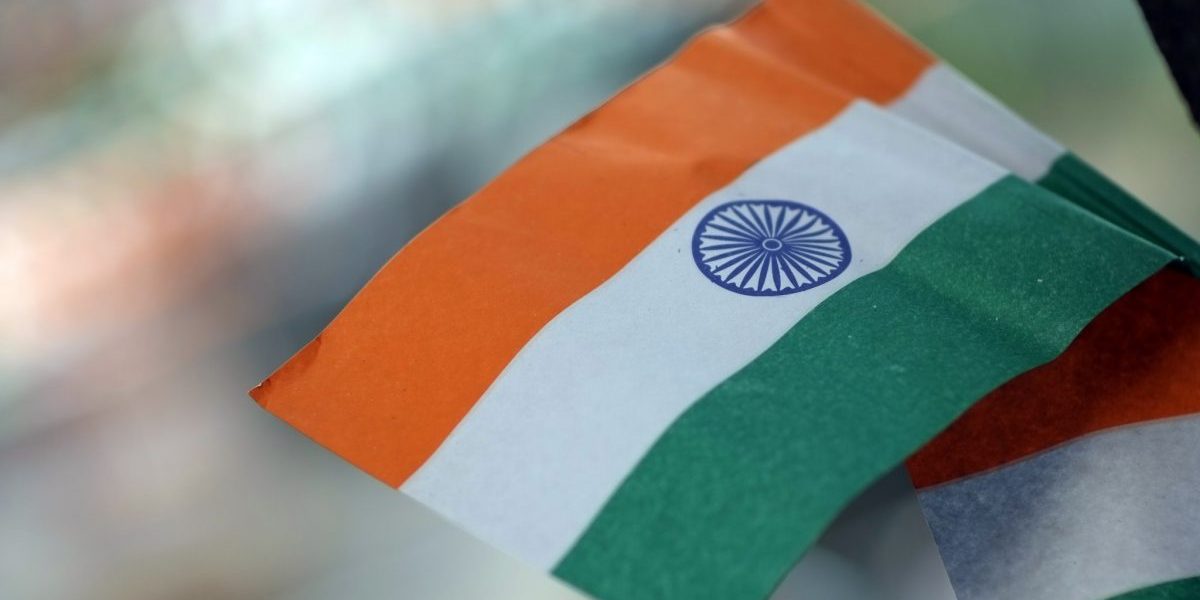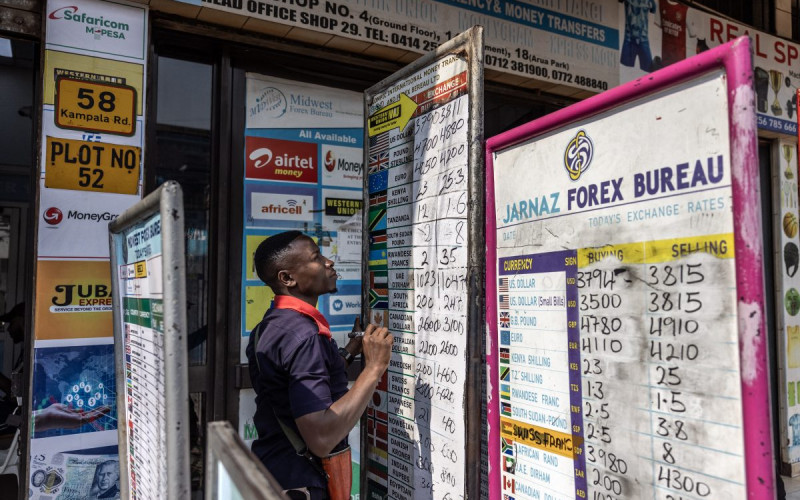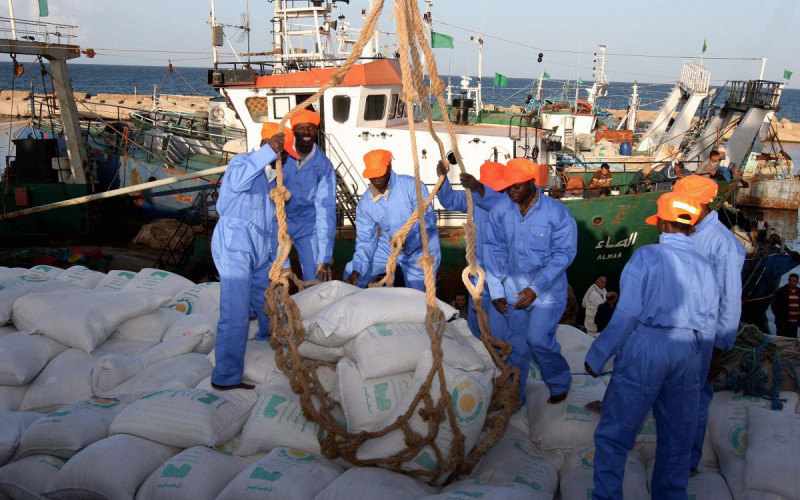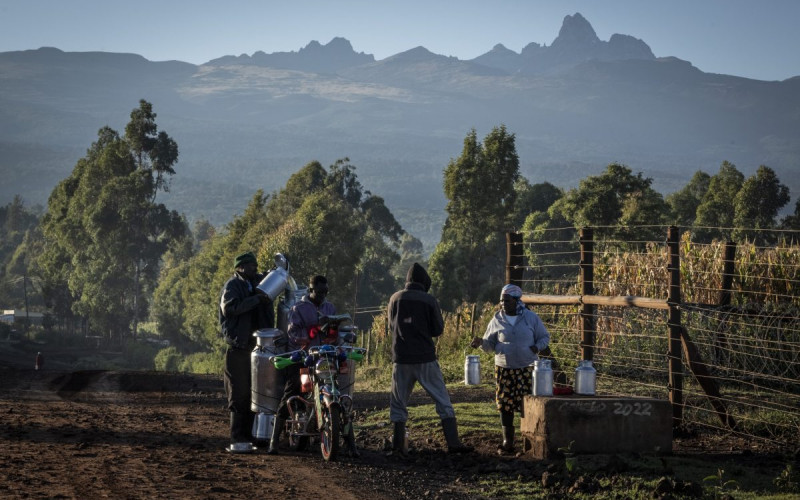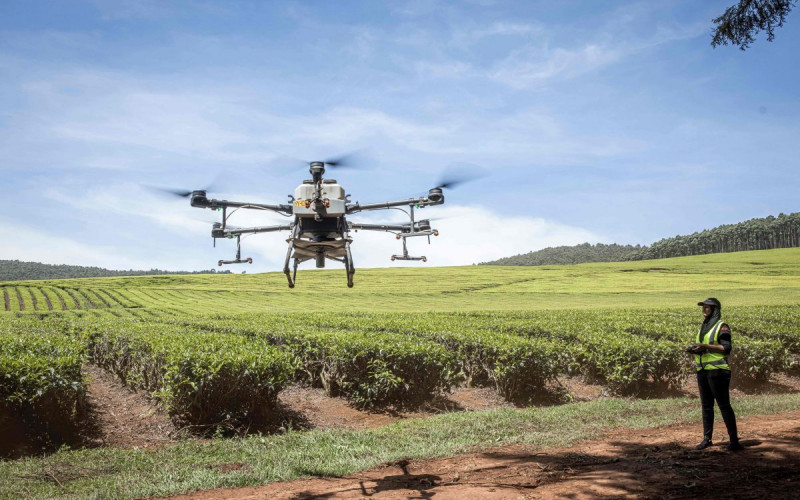President Jacob Zuma stressed the importance of enhancing relations with India in both infrastructure and trade.
Such state visits, when used effectively, can work to increase trade through increasing the understanding of the market, assisting in the identification of new business opportunities, and proving a platform for networking. The two countries have set an ambitious target of $15 billion (R121bn) in bilateral trade a year by 2014, and they are in the process of negotiating a preferential trade agreement (PTA). Investment in infrastructure development and such increased levels of trade, as called for by Zuma, can be facilitated through the PTA if it is designed effectively.
With its large consumer market and growing economy, a trade agreement with India should provide an extra impetus to the rapidly increasing levels of bilateral trade between the two countries.
But will it really? While the benefits of increased trade between the two countries cannot be disregarded, there are plenty of extraneous considerations that bring into question the manner in which the proposed PTA is being approached.
It should be noted at this point that South Africa is negotiating this trade agreement as part of the five-member Southern African Customs Union (Sacu). This brings with it a different level of complexity. While it can be argued that the real players in this negotiation are just South Africa and India, the other Sacu members have interests in the negotiations that are not necessarily compatible with those of its large neighbour. They would be interested to access competitive imports from India and have different concerns when it comes to protecting domestic industries.
The current trade balance between the two partners is weighted in South Africa’s favour, mostly due to South African exports of raw materials and commodities, in particular gold, diamonds and coal.
India is one of South Africa’s top 10 trading partners, but it would be good to expand and diversify the traded products. At a minimum, the PTA should at least boost the level of trade between the two countries as called for by heads of state.
Also, a tariff comparison between the two countries will reveal that while South Africa’s tariffs are generally low, India has considerably higher tariffs and it will benefit South Africa if the trade agreement were to result in the lowering of these tariffs.
This will open up the Indian market for potential South African exports while enhancing the competitiveness of those products in which we already trade. A trade agreement with India can potentially have a positive impact on exports such as iron and steel, chemicals, plastics and aluminium as well as provide access to more competitively priced pharmaceuticals, motor vehicles and heavy industrial equipment. This is, however, concomitant on the PTA actually expanding trade between the two countries.
Both countries are competitors when it comes to products such as automobiles, clothing and textiles, steel, agricultural goods and food products. If history is anything to go by, then these products will likely be kept out of the agreement.
Both South Africa and India have concluded PTAs with South America’s Mercosur trade bloc, but the resultant trade agreements are commercially barren.
Even the Department of Trade and Industry admitted in its trade policy strategic framework that the PTA with Mercosur had limited commercial value. It is one of the least ambitious trade agreements that South Africa is involved in.
The potential does exists for further and deeper trading relations, but the domestic lobbies in both countries do not allow for the exploitation of such potential.
It is highly plausible, therefore, that the request lists from both India and South Africa will tell a long and sensitive story about sectors that both countries will ultimately be unwilling and unable to liberalise. The countries are also on positive lists, where only the products listed will be liberalised and everything else is off bounds. The very nature of a preferential trade agreement dictates that the levels of trade opening will be much more restricted than if the countries were to enter into a free trade agreement.
Looking beyond the usual trade in goods, there are other issues that have to be considered if the value of the trade deal is to be optimised. Liberalisation of trade in services, despite the very strong domestic lobby (particularly organised labour) in South Africa against it, would actually provide a balance between the very likely discrepancies in the product request lists as well as the sensitive products list.
To prevent another pointless trade agreement, negotiations on trade in services may actually provide a third way to enable useful trade-offs in the negotiations.
Issues such as investment then come into play. Increased investment is lauded as one of the expected outcomes of a trade agreement between the two countries. Yet, both countries do not regard investment as a trade issue and therefore there is a strong likelihood that the investment regimes in the two countries will not be discussed in the negotiations.
The problem is that there are significant investment ceilings in some sectors, and this is predominant in the services sectors. South Africa is more affected, especially as the closed sectors in India are those in which South Africa would have a competitive edge such as legal, accounting, real estate and the retailing industry. Should these sectors be opened, government procurement then becomes another issue as both countries have programmes aimed at the discriminatory allocation of government tenders.
In conclusion, South Africa does not need another agreement that has no trade value whatsoever. There is a strong need for the two governments to be realistic about the challenges and impediments to a commercially beneficial trade agreement and confront these challenges head-on to reduce the barriers to trade that these challenges create.
Indications are that India is keen for an extensive trade arrangement that will cover both trade in goods and trade in services. South Africa would do well to reconsider its stance in this regard, particularly as there are sectors where South Africa would have a competitive advantage over India and would stand to gain from the liberalisation of those sectors. It is a waste of time and resources to pursue trade-lite arrangements regardless of the broader foreign policy considerations. This is a little food for thought as we negotiate.

